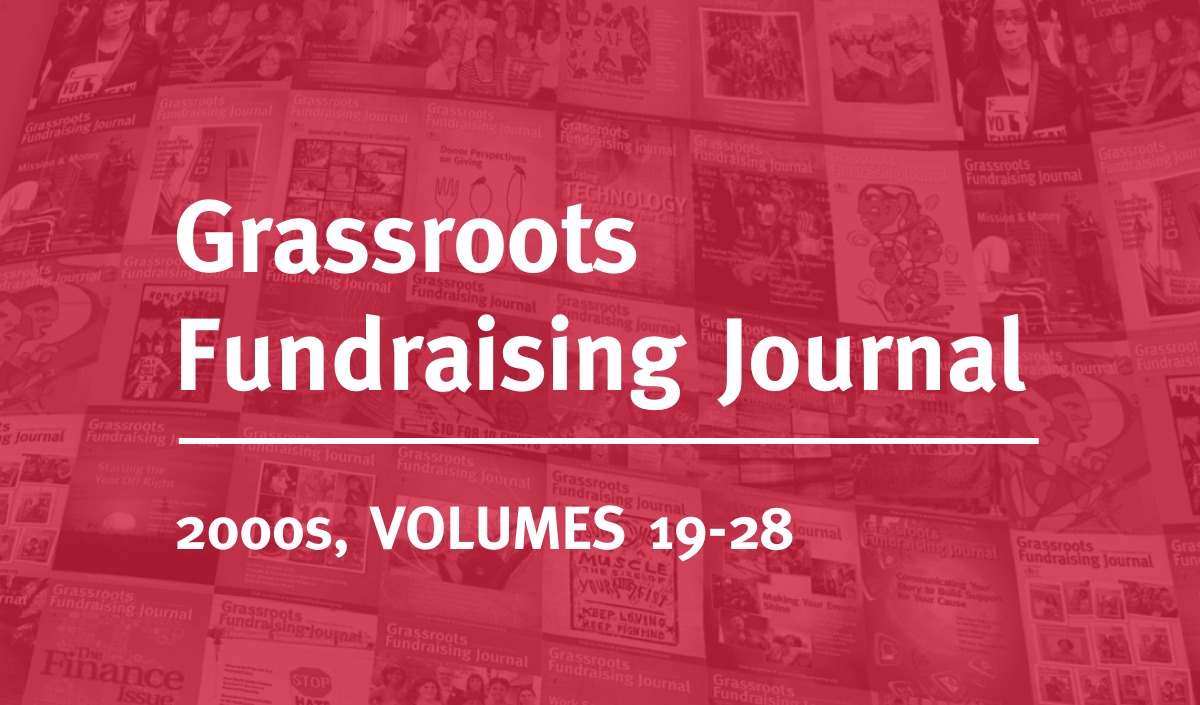October 29, 2011; Source: New York Times | The theory behind “independent” political campaign organizations such as Karl Rove’s American Crossroads, the Koch brothers’ Americans for Prosperity, and others rests on their nominal independence from political parties, their independence from candidates’ campaign operations, and their independence from each other—and the anonymity of their donors. According to the New York Times, at least with the Republican Party, the various big conservative independent organizations “have gathered into a loosely organized political machine poised to rival, and in many ways supplant, the official Republican Party apparatus.”
Apparently, the groups consult about how to divide up states for their advertising expenditures, especially targeting swing states in the national election and Democratic incumbents that they believe are vulnerable (such as Bill Nelson of Florida and Claire McCaskill of Missouri). Obviously Karl Rove isn’t going to switch parties and put American Crossroads behind a Democratic candidate, and the donors are all deep pocket Republican Party donors, so the independence of these groups is nominal at best. But, as the Times points out, there are aspects of these groups that make them more attractive to Republican donors than the RNC is: “[T]hanks to the Citizens United decision, the independent groups can raise money in unlimited amounts and with negligible overhead. Much of the money will be spent through not-for-profit organizations that are not required to disclose their donors.”
Similar independent groups have been created for the Democrats, but they haven’t quite supplanted the Democratic National Committee as quickly as the conservative organizations have sped by the Republican National Committee—the latter hobbled by debt and a history of controversial mismanagement under former Maryland Lt. Governor Michael Steele. The Republican apparatus has turned to the independents, for example, contracting to a new independent group called Data Trust to manage the Republican Party’s voter list. This valuable asset can provide loans to other independent groups or be swapped for the additional donor lists—all outside the direct control of the Party.
Sign up for our free newsletters
Subscribe to NPQ's newsletters to have our top stories delivered directly to your inbox.
By signing up, you agree to our privacy policy and terms of use, and to receive messages from NPQ and our partners.
It is difficult to imagine that the same phenomenon won’t eventually affect the Democrats, especially if President Obama, a phenomenally effective fundraiser for the Democratic Party, is replaced in the future by a Democratic leader who isn’t quite so adept at getting money from fat cats, or isn’t interested in getting that money for the official party machine. The increasing power of the nonprofit sector isn’t just in its asset growth; it is in its operational flexibility independent of much of campaign finance regulatory framework, which allows it to do what the party machines would have normally done—but largely outside the view of the American public.
Tammany’s George Washington Plunkitt, the turn-of-the-century political leader, and author of the “Honest Graft” lectures, might have applauded, considering his core political philosophy: “I seen my opportunities and I took ’em.”—Rick Cohen












